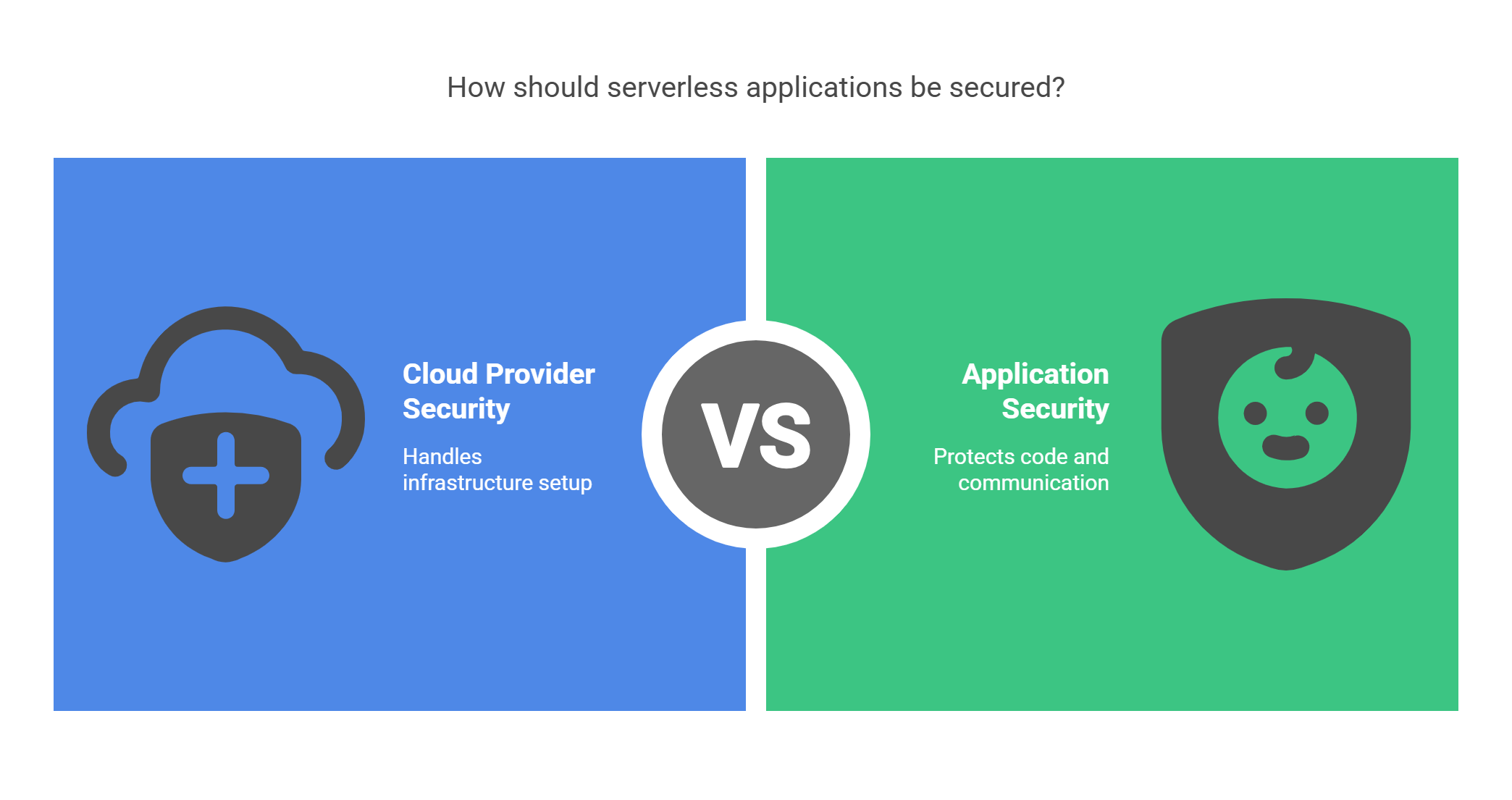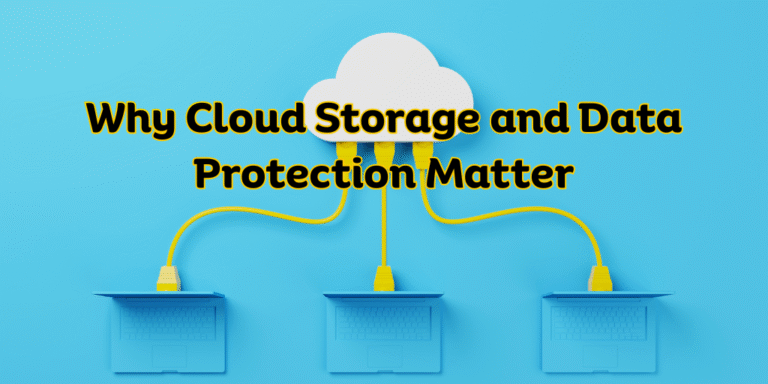Serverless computing changes the way we build apps. It helps teams move faster, spend less, and scale more easily. But these perks come with new risks. This guide will show you common mistakes and how to keep your serverless app safe.
What Is Serverless Security?
Serverless apps run code when things happen, like someone clicks a button or uploads a file. You don’t need to manage servers. The cloud provider handles the setup, but you still need to protect your app code and how it talks to other tools.

Common Pitfalls In Serverless Security
1. More Ways To Attack
Serverless apps connect to many services—APIs, files, and databases. Each connection can be a way in for hackers if you’re not careful.
2. Wrong Settings
Bad settings can make your app unsafe. For example, too many permissions or putting secret keys in plain view can open the door to trouble.
3. Weak Login Setup
Serverless apps often use APIs. If the login steps are weak, hackers can get in. This can lead to stolen data or full system access.
4. Too Many Permissions
Don’t give your functions more power than they need. If a hacker gets control, they shouldn’t be able to touch other parts of your system.
5. No Logging Or Alerts
If you don’t track what’s going on, you may miss when something bad happens. You need special tools to log and watch serverless apps.
Best Practices To Secure Serverless Apps
1. Use Least Privilege
Give each function only what it needs. No more, no less. Check often to make sure this stays true.
2. Add Strong Login Steps
Use safe login tools like OAuth 2.0. Set roles so people only see what they need.
3. Check All Inputs
Always check data from users or other apps. Bad data can break your app or open holes for attacks.
4. Log And Watch Everything
Turn on logging. Watch for strange activity. Use tools made for serverless apps.
5. Keep Code And Tools Updated
Update your app code and any add-ons you use. Old versions may have security holes.
6. Protect Environment Variables
Don’t store private data in the open. If you must use them, lock them up and limit access.
7. Use Short Timeouts
Keep functions short. If a hacker tries to overload your app, short timeouts will help stop them.
FAQs
What Is Serverless Computing?
Serverless means you run code without setting up servers. The cloud does the work. You write the code, and it runs when needed.
Why Is Serverless Security Different?
Old tools like firewalls don’t help much. You need to protect the code and the ways services talk to each other.
How Do I Watch A Serverless App?
Use tools from your cloud provider. These tools track when functions run and if anything goes wrong.
Conclusion
Serverless apps are fast and easy, but they need care. Know the risks. Follow simple rules to stay safe. Watch your app. Keep things updated. If you do these things, your serverless app will stay safe and strong.


